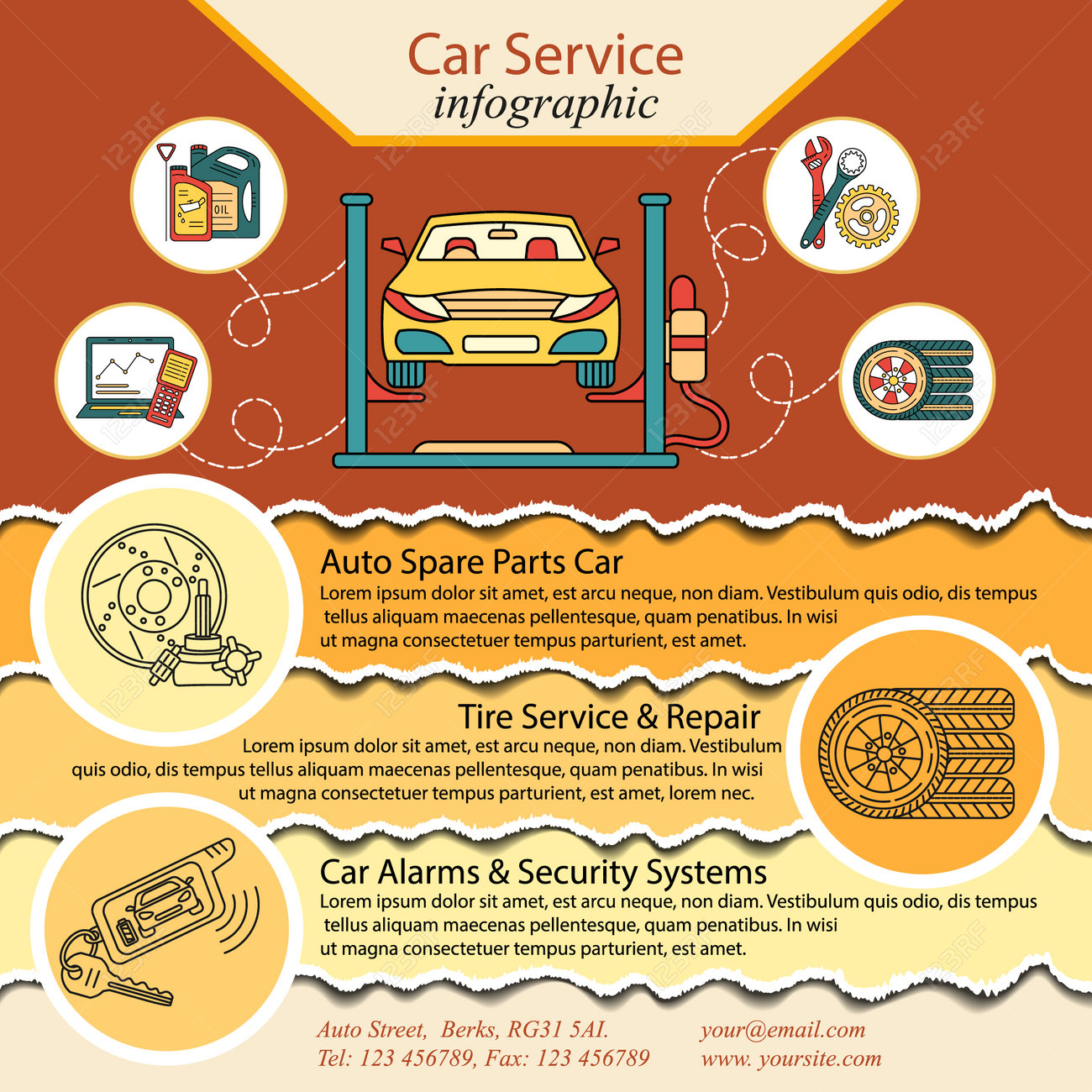Decoding Your Automobile'S Caution Indicators: What They Truly Represent
Decoding Your Automobile'S Caution Indicators: What They Truly Represent
Blog Article
Content Writer-Lim Gilbert
When you lag the wheel, those beautiful caution lights on your dashboard can be a bit puzzling. Do https://www.usnews.com/news/best-states/south-dakota/articles/2022-01-31/car-repair-shop-for-needy-residents-expands-to-sioux-falls know what they're attempting to tell you concerning your auto's wellness? Understanding the importance of these lights is vital for your safety and the long life of your lorry. So, the next time one of those lights appears, wouldn't you wish to decipher its message precisely and take the required steps to address it?
Common Warning Lights and Interpretations
Recognize typical caution lights in your automobile and understand their definitions to make sure risk-free driving.
One of the most typical caution lights consist of the check engine light, which signifies problems with the engine or exhausts system. If cleaning car comes on, it's crucial to have your car checked quickly.
The oil stress advising light indicates low oil stress, calling for instant focus to prevent engine damage.
A flashing battery light might recommend a defective billing system, possibly leaving you stranded if not resolved.
The tire pressure tracking system (TPMS) light alerts you to low tire stress, influencing car security and gas efficiency. Ignoring this might result in dangerous driving conditions.
The ABS light suggests a trouble with the anti-lock braking system, jeopardizing your ability to stop quickly in emergencies.
Finally, the coolant temperature alerting light warns of engine getting too hot, which can lead to extreme damages if not resolved promptly.
Recognizing these typical caution lights will aid you address problems quickly and keep secure driving problems.
Importance of Prompt Interest
Comprehending the common caution lights in your vehicle is just the first step; the value of promptly dealing with these cautions can not be emphasized sufficient to ensure your safety and security when driving.
When a caution light illuminates on your dashboard, it's your vehicle's method of connecting a potential problem that requires interest. Overlooking https://vehicle-suspension-testin17395.dailyblogzz.com/32642092/just-how-can-mobile-vehicle-detailing-change-your-automobile-treatment-experience-while-ensuring-high-quality-discover-the-key-variables-to-consider-before-choosing-a-detailer can result in a lot more extreme problems later on, endangering your security and potentially costing you extra in repairs.
Prompt focus to warning lights can stop malfunctions and mishaps. For instance, a flashing check engine light can show a misfire that, if left ignored, can create damage to the catalytic converter. Addressing this quickly can save you from a costly repair.
In a similar way, a brake system cautioning light could signify low brake liquid or used brake pads, vital elements for your safety and security when driving.
DIY Troubleshooting Tips
If you discover a warning light on your control panel, there are a few DIY fixing tips you can try prior to looking for professional assistance.
https://ecutuningshopsnearme17272.blogsuperapp.com/32634893/how-mobile-vehicle-detailing-services-can-save-you-time-and-money is to consult your car's handbook to comprehend what the specific caution light indicates. In some cases the problem can be as simple as a loose gas cap triggering the check engine light. Tightening up the gas cap might settle the issue.
An additional common concern is a reduced battery, which can set off various cautioning lights. Examining the battery connections for deterioration and ensuring they're safe and secure might take care of the trouble.
If a caution light continues, you can attempt resetting it by separating the cars and truck's battery for a few mins and then reconnecting it. Furthermore, checking your car's fluid degrees, such as oil, coolant, and brake liquid, can aid fix alerting lights associated with these systems.
Conclusion
In conclusion, recognizing your automobile's caution lights is crucial for keeping your vehicle running smoothly and safely. By promptly dealing with these alerts and recognizing what they mean, you can avoid expensive repair services and prospective malfunctions.
Bear in mind to consult your cars and truck's guidebook for certain information on each warning light and take action appropriately to make certain a trouble-free driving experience.
Stay notified, remain risk-free when driving!
